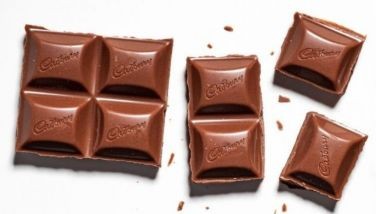(Unsolicited) advice III: Noynoy's sports program
SINGAPORE – Even as we travel to this bustling city-state where the hottest sports stories are its hosting of the world’s first-ever Youth Olympic Games (YOG) and the World Cup of Soccer which starts June 11 in South Africa, we cannot help but think of the golden opportunity for the Philippines, under a reform-oriented Noynoy Aquino administration, to start, with a clean slate so to speak, in various areas of governance, including sports.
Thus, for the last two weeks, we have been providing (unsolicited) advice on how we, with our modest experience in sports management and administration and strategic planning, can contribute to getting Philippine sports to undertake a paradigm shift and implement a sports framework that has been crying out to be implemented during more than a decade of misrule and myopic thinking.
Imagine the Philippine sports program either as a ladder or a pyramid or a simple chart that is read from the left side to the right side of the page.
As a ladder, a sports program should ideally start with mass sports (including school, youth and community/barangay sports) as Stage One. Stage Two would be the now-defunct Philippine National Games (PNG), the “local Olympics”. The PNG is where the best and upcoming athletes are tested at the national level after taking part in regional, provincial and sector competitions.
The best in the PNG, go up to Stage Three which, in the Sports Master Plan (1996-2000) formulated during my watch at the Philippine Sports Commission (PSC), was identified as the Sports Talent Reserve and Athletes’ Pool.
Athletes who are successful in Stage Three move up to Stage Four, which is called High Level or Elite Sports. Athletes in Stage Four of the sports development ladder are the country’s representatives to competitions like the Southeast Asian Games (SEA Games), although athletes in Stage Three may be allowed to take part in the SEA Games (to prepare them for much higher level of competitions); the Asian Games; the Olympics and the world championships of the different international sports federations.
As a pyramid, Philippine sport has, as its base, intra-school sports and grassroots sports. A step above intra-school competitions would be the Palarong Pambansa and the Commission on Higher Education (CHED) Palaro. Like the sports development ladder, at the apex of the pyramid would be professional sports (sports for entertainment and amusement). It is to be noted that, like all pyramids, the base is the widest and the tip/apex, the narrowest point.
Obviously therefore, the wider (the greater the number of participants) the base, the more stable a pyramid you have – and a wider field from which to choose your athletes for high-level/elite sports. Making the field of selection broader and deeper helps us attain our goal of facilitating the participation of every Filipino in sport. It also enhances the attainment of the social justice objectives of the Noynoy Aquino administration.
Looking at the sports program another way or a third way by referring to it as the integrated program of sports development should be very instructive and informative.
The main feature of the program is the clear distinction and complementation between Mass Sports and High Level Sports. (Under the coordination of the PSC (as policy formulator and main financier), the Mass Sports Program will have for its anchor, Executive Orders 63 and 64 which mandate the creation of the National Physical Fitness and Sports Development Council (NPFSDC) at the country level and the corresponding councils at the region, province, municipal/city and barangay.
The NPFSDC will coordinate the Local Government Units (LGUs) and the other sectors such as the Departments of Education, National Defense, Local Government, Labor, Agriculture. Agrarian Reform, Trade, Transportation and Communication, CHED, Civil Service Commission, Congress, Courts/Judiciary, Government Corporations. All these groups will send their best to the PNG. During my watch at the PSC, we managed to get Overseas Filipino Workers to take part in the PNG – a first in Philippine sports history.
The best from the PNG move on to the National Youth Sports Talent Reserve (towards the domain of the PSC, Philippine Olympic Committee or POC and the National Sports Associations or NSAs) and later on to the National Athletes Pool. The main actor would be the POC (for elite sports). The principal character however is the NPFSDC. To have a better idea of how the integration is achieved, one need only imagine a production line with the raw materials being developed by mass sports and the same raw material being further processed and “finished” by the PSC/POC/NSAs.
Next week, we will propose specific programs for the PSC and POC/NSAs.
- Latest
- Trending




























